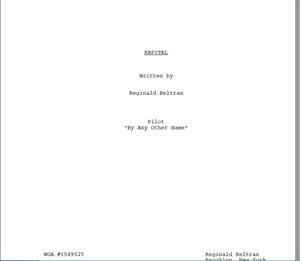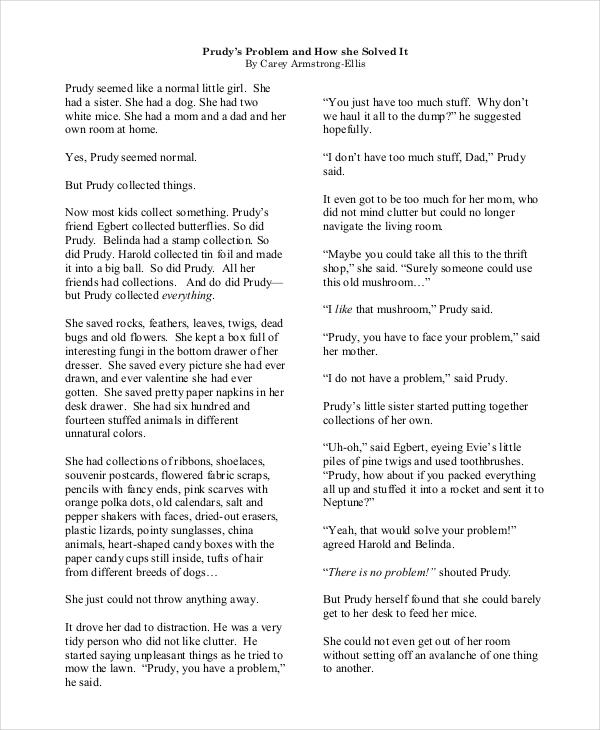A couple of days ago, I saw a character on the show Californication type Fade in: and then continue to write a movie script (as you can see here). Yesterday, I heard someone say: If you would like to write a successful book, just type 'Fade in' and start writing. The transitions used most often are “FADE IN:,” “ FADE OUT.” and “DISSOLVE TO:” A common way to lead into a dream sequence, for example, is with the transitional instruction “RIPPLE DISSOLVE TO:” Some other transitions include “WIPE TO:,” “IRIS IN:,” and “IRIS. WriterDuet is another web-based, free screenwriting software, which prides itself on its intuitive keystrokes to help your stories flow from your brain to your fingers, and to the.
Transition
Definition

A Transition indicates that we are, in some way, moving to a different scene or shot.
Description
Some common Transitions are:
There are dozens more... but the important thing is this: DON'T USE THEM! Most of the time you don't need Transitions. Think about it. If you have one scene, then another, it's obvious that you're cutting to that scene. Otherwise, how would you get there. So why say 'CUT TO:'? Now 'how' you cut to get there is a different story. The second reason to avoid Transitions falls into the 'Don't Direct It' category.

Again (and of course), there are reasons why you would undeniably need to use a Transition to achieve a particular effect (usually comedic or frightening) like:
Get it. There, the Transition is an important tool. It would have been boring to read:
It's not even worth describing what the different transitions mean since they're all directorial phrases (you can find them in editing books and directing books) and since so many of them are obvious and part of our colloquial speaking. If you really need a Transition, type whatever you like to best communicate the effect you want.
Fade In Script Writing Software
There only two Transitions that you definitely want to use in every script: FADE IN: and FADE OUT. Start every script with FADE IN: and end every script with FADE OUT. (notice that it ends with a period, not a colon).
Writing Scripts In Word
Formatting
Transitions are 5.5' from the left edge. They are uppercase and end with a ':' except the last FADE OUT. The first FADE IN: is a special Transition that has the same left margin as your Action, 1.5' from the edge.
With Scriptware
If the cursor is on a blank line, just press <Tab> <Tab>. This will take you past the Character Name location to the Transition location. Scriptware will pop up a list of Transitions. Like with all the other Scriptware lists, all you do is start typing until you've selected the Transition you want (usually one keystroke!) or typed a new one. Then press <Enter> and Scriptware will insert the Transition and get you ready to type Action (or Scene Heading, whichever you've told Scriptware you prefer).
Fade In Script Software
Or, you can just type anything that's up to 4 words, ending in 'to:' and Scriptware will automatically turn that into a Transition for you!
